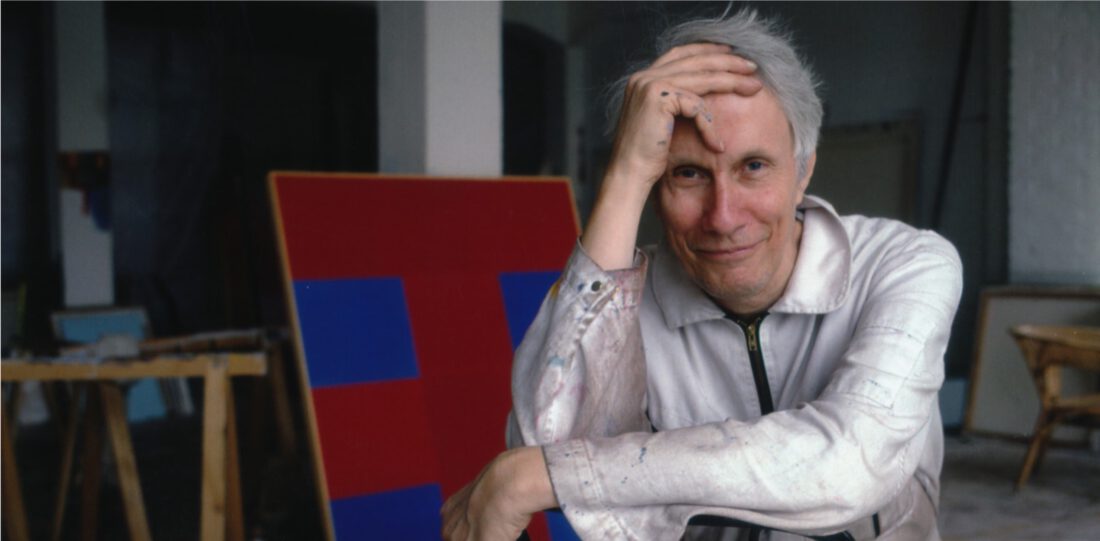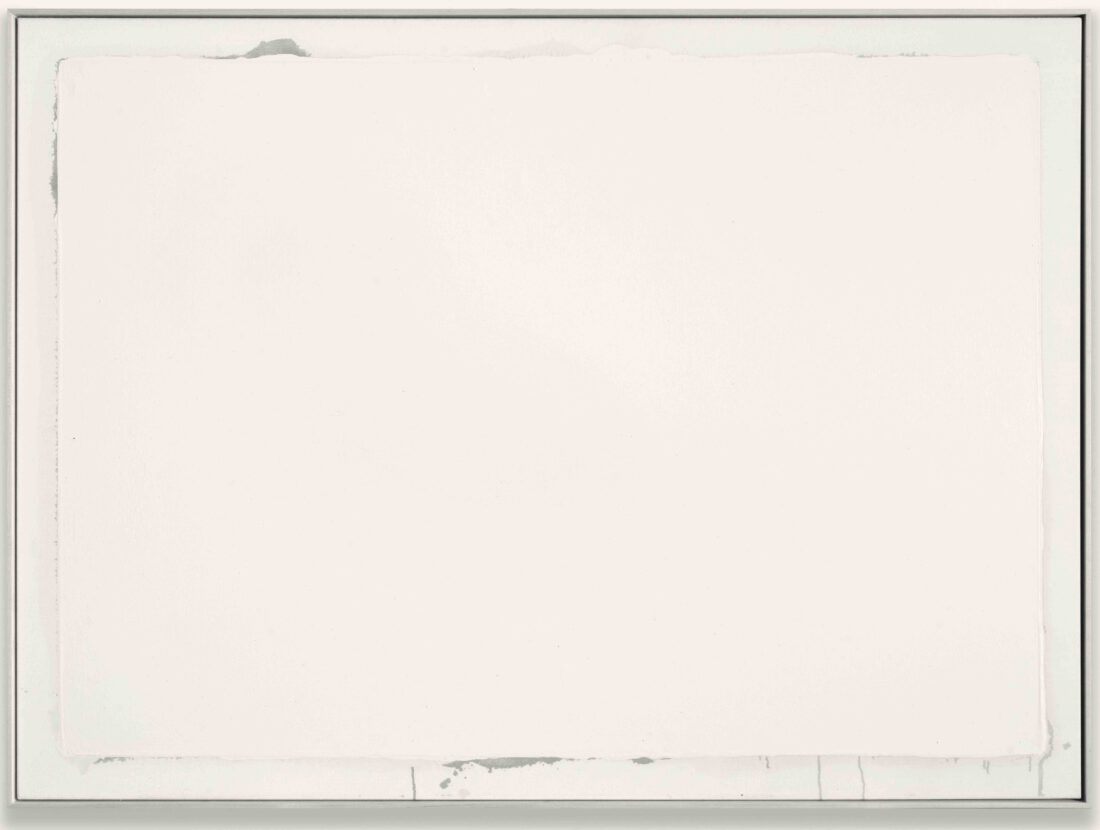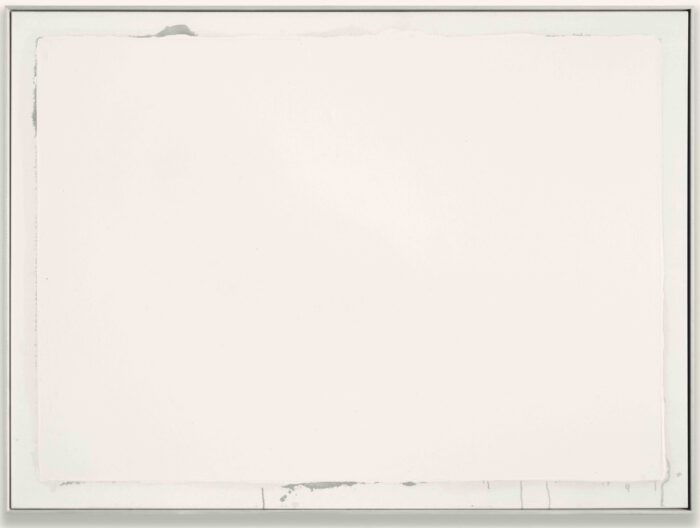Ulrich Erben
Available Works
Regarded as one of the masters of colour field painting, Ulrich Erben’s early works - informed by his interaction with landscapes, having spent years in Italy and Germany’s Lower Rhine region - gave way to an artistic practise rooted in exploring the relationships between colour, light, tone and harmony. Erben’s founding interest in landscape plays a crucial role in the understanding of his later, more reductive works which are similarly contextual; much as the landscape is a “vessel of memory” for the changing world around it, recent works experience various lives through multiple interpretations.
Erben spent the majority of his youth in Germany’s Lower Rhine and Rome, where his family relocated in 1956. From 1958 to 1965 he studied at numerous art institutions in Hamburg, Urbino, Venice, Munich, and Berlin. In 1966 Erben married writer Ingrid Bachér and returned home to the Lower Rhine. A year later he then travelled to the United States where he shared encounters with various colour field painters such as Agnes Martin and Robert Ryman.
Returning from the United States, Erben became interested in the demarcations as well as the formation of space. During 1968, Erben’s first series of "white paintings” were defined by a simple white zone in the centre of his canvas. In this process, Erben developed and figured out the core theme of his work where he focused on the reciprocal relationship of non-figurative and simple forms.
Erben relocated to Dusseldorf in 1975, where he began painting his first coloured and monochromatic works. His paintings changed dramatically. He brought new vibrant colours and shapes within his painting process and further explored the possibilities of colour through the bold use of pigment and geometric abstraction, recalling the work of Mark Rothko and Joseph Albers. As Erben’s exposure increased he followed in the footsteps of Picasso, Kandinsky and Beuys and was included in the 1976 edition of Documenta in Kassel, Germany. In 1980, Erben was appointed professor at the Düsseldorf Art Academy, Münster Department. While lecturing at the Academy, he reverted to a stricter and more geometrical painting technique.
Ulrich Erben became a member of the Sektion Bildende Kunst at the Berlin Art Academy in 1992. In the context of an exhibition at the Museum Wiesbaden, he was awarded the Otto-Ritschl-Prize in 2003. Since then Erben’s works have been exhibited internationally, having a solo show at the Shiga Museum of Modern Art in Japan in 1992 and several other renowned exhibitions in acclaimed museums and galleries.
Inspired by a journey through the Syrian Desert, Erben developed even greater spatial and lighting effects in the Siria paintings from 2009/2010. In this series, he continued to bring immaterial movement and at the same time light-hearted tranquillity into his work through restrained colour transitions, with a particular interest in architecture and the dimensions of space. His paintings from 2010 onwards continue to convey a variety of geometric shapes and strong colours, delicately modulating distinctions between the hues and allowing them to bleed into one another.
Ulrich Erben currently lives and works in Dusseldorf. His work is held in various public collections including the Akademie der Künste, Berlin; Neue Nationalgalerie, Berlin; The Daimler Art Collection, Stuttgart and Berlin; Staatsgalerie Stuttgart, Stuttgart; Kunstsammlung Nordrhein-Westfalen, Dusseldorf; Städtische Galerie Im Lenbachhaus, Munich; and Palazzo dei Diamanti, Ferrara, Italy, among others.


